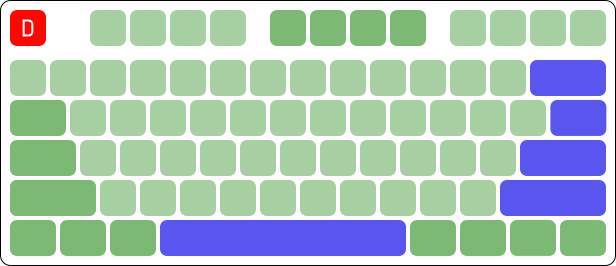I could be misunderstanding but wouldn't this be a candidate for the QMK firmware located under keyboards/converter/modelm101?Muirium wrote: 31 Jul 2022, 15:03 Now, I'm such a QMK rube (beyond Pandrew on Xwhatsit hardware) that I don't even know how to assign controller pins and such. Searching the supported keyboard list on QMK Configurator brings up this similar controller for Model Ms but it runs on the STM32 MCU which is completely different silicon as I understand. If you know your way around QMK well enough now, I'd like to run that (or comparable) on my Colossus! Bonus points if it's Configurator friendly!
That one builds a firmware for AT90USB1286
The rub I see with using it with Configurator is I'm not sure if it's possible to override the default pin assignments if you need to match the ones used by your Colossus board:
Pins of the Teensy board you should use by default:
Columns: 1 2 3 4 5 6 7 8 9 10 11 12 13 14 15 16
Pins: C7 C6 C5 C4 C3 C2 C1 C0 E1 E0 D7 D6 D5 D4 D3 D2
--------------------------------------------------------
Rows: 1 2 3 4 5 6 7 8
Pins: F7 F6 F5 F4 F3 F2 F1 F0
--------------------------------------------------------
Status LEDs: CapsLock +5V ScrollLock NumLock
Pins: B6 5V B5 B4






